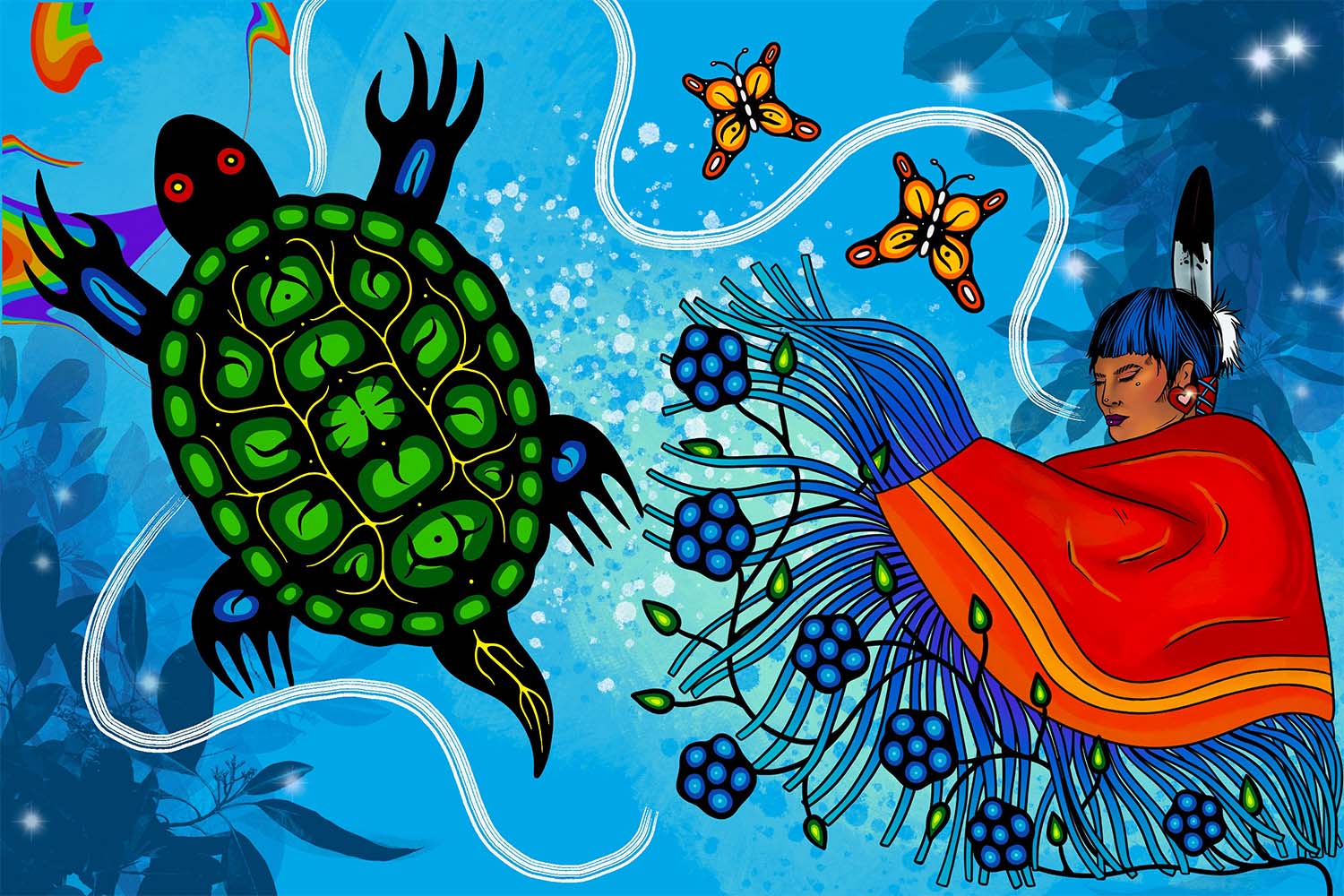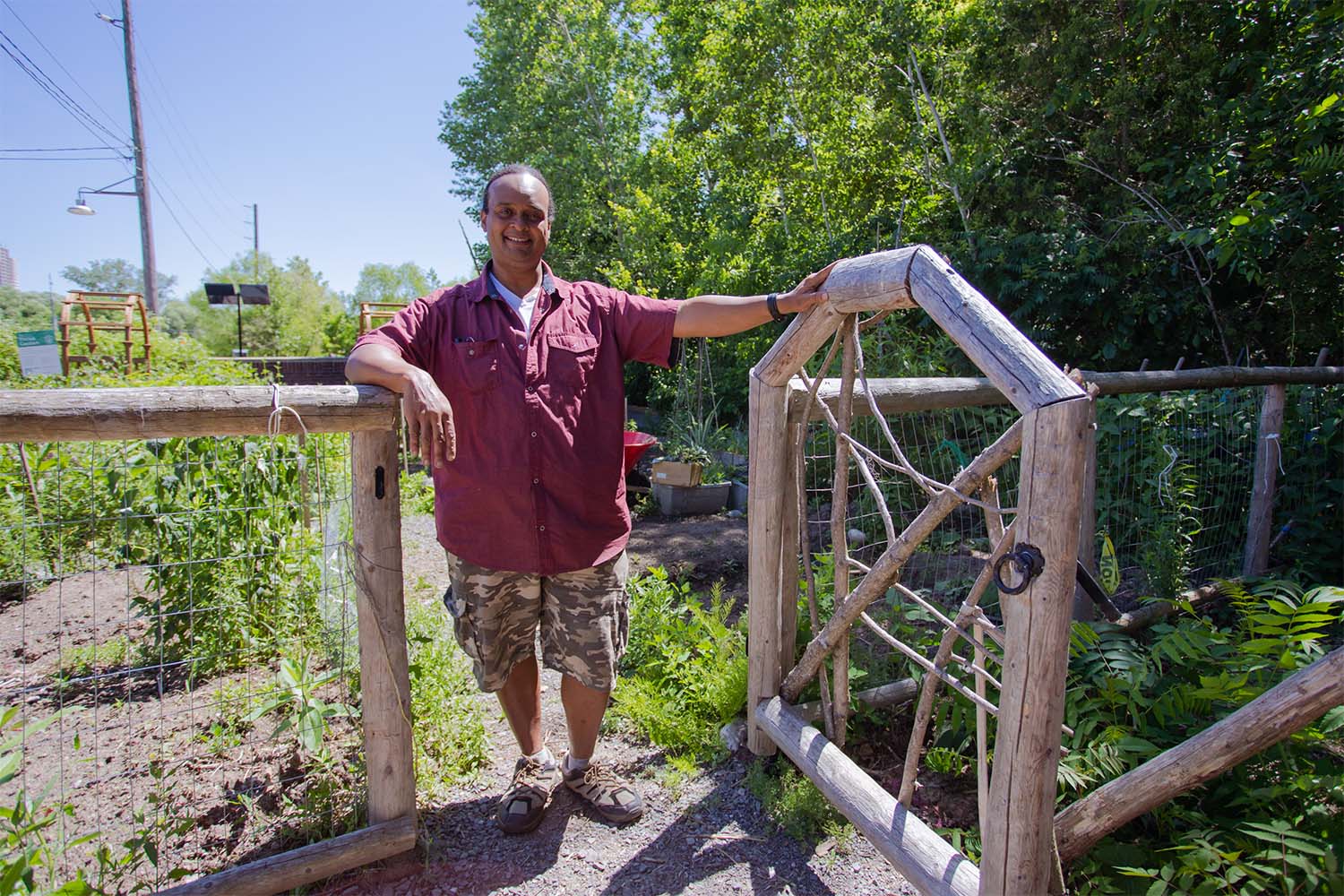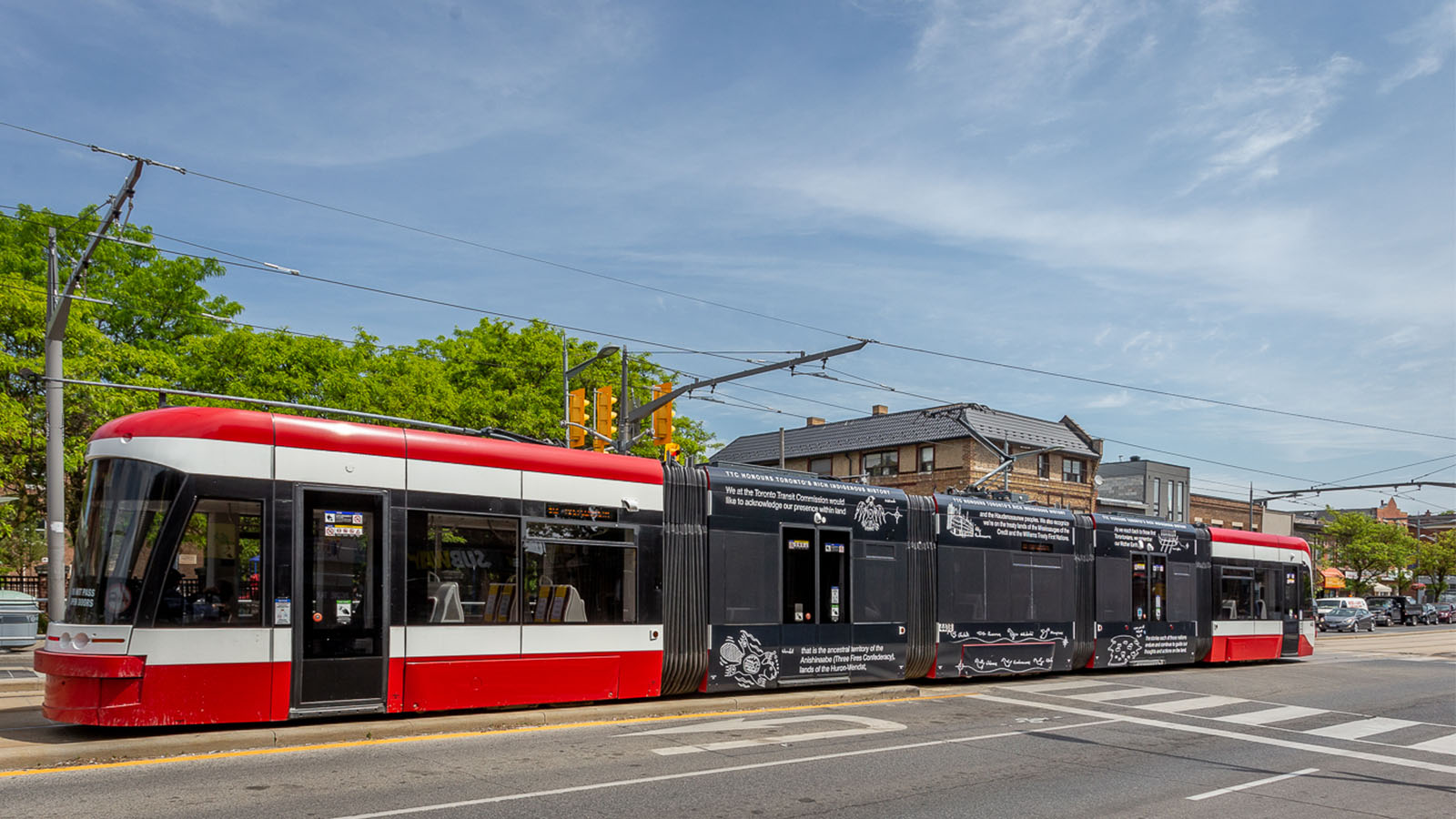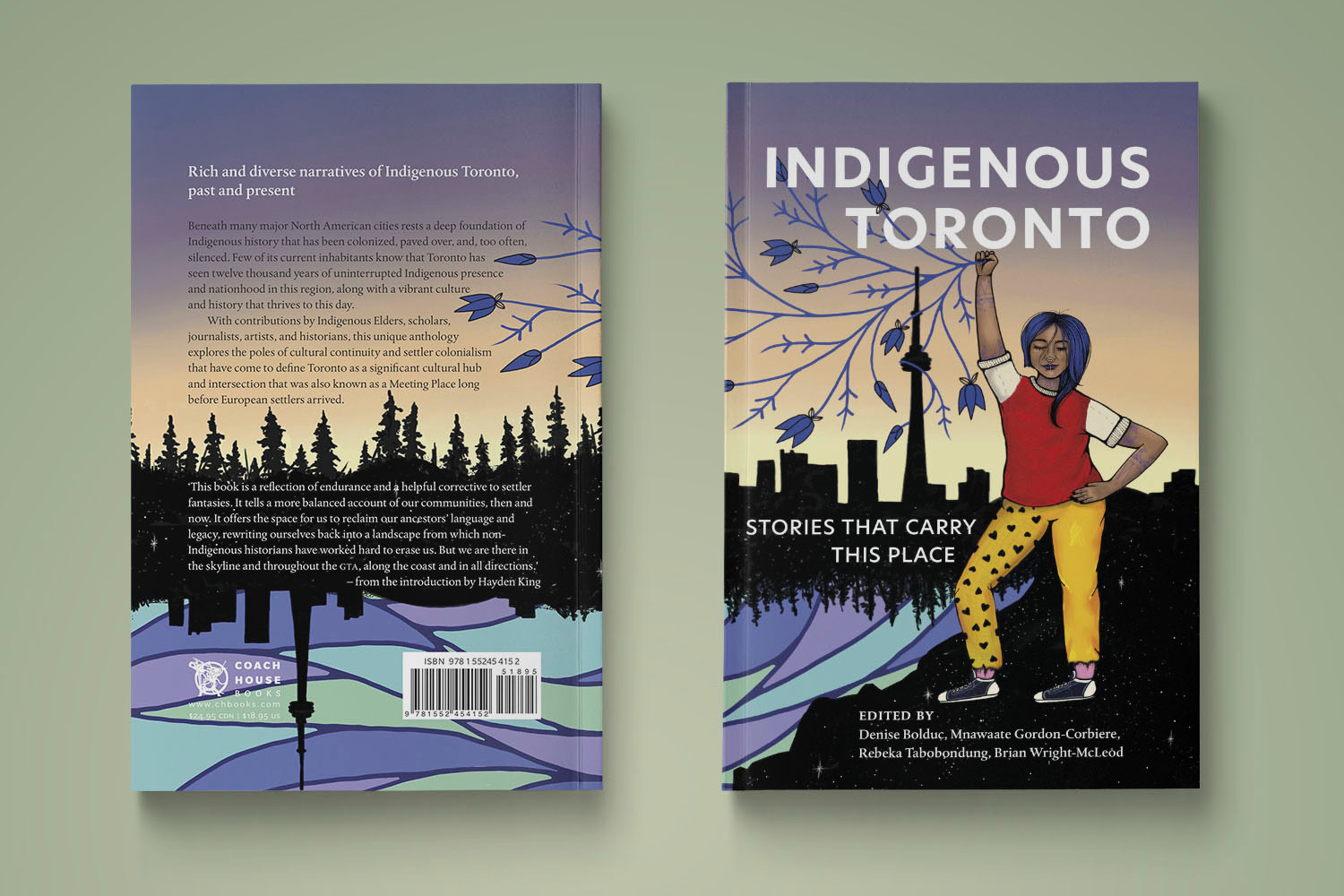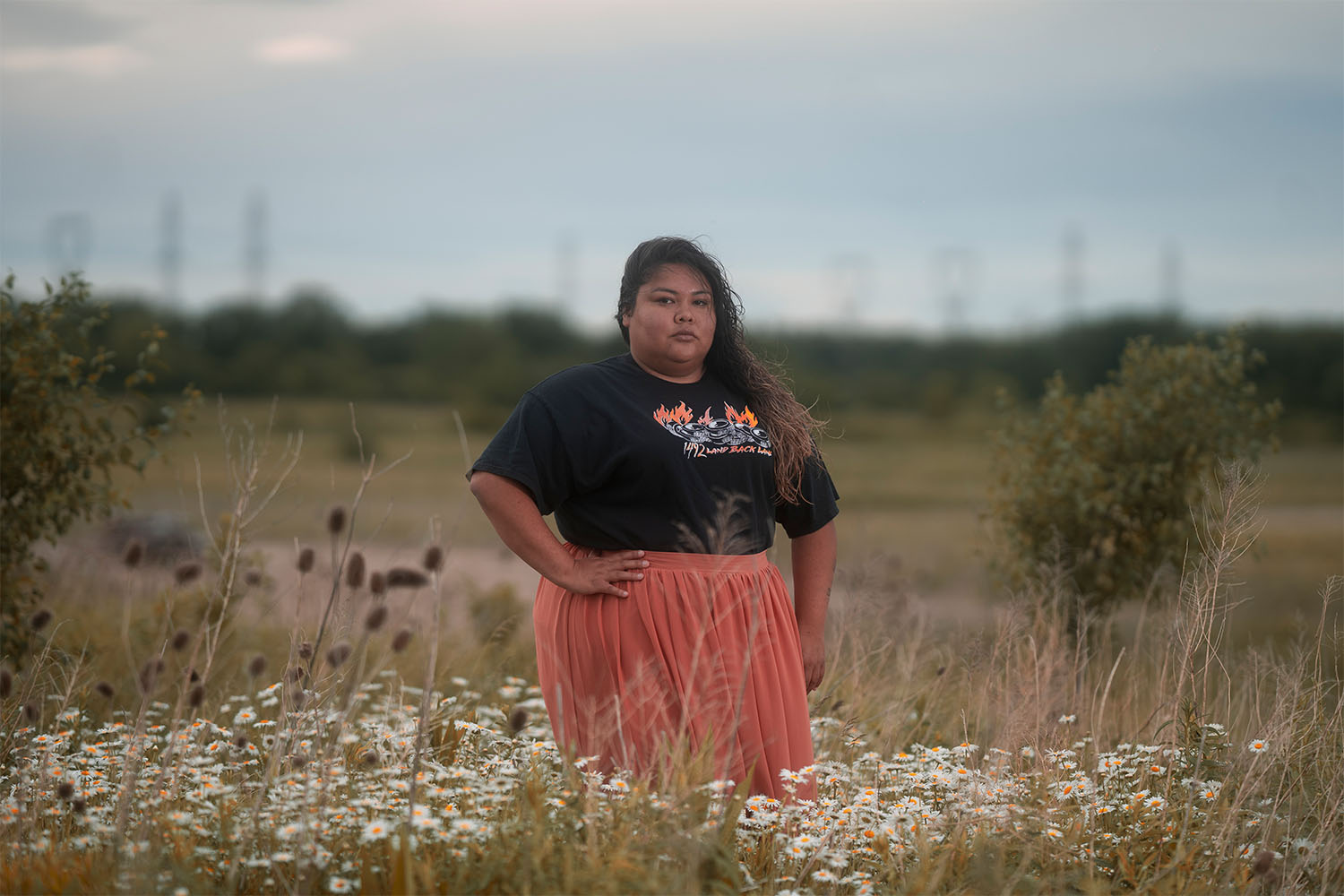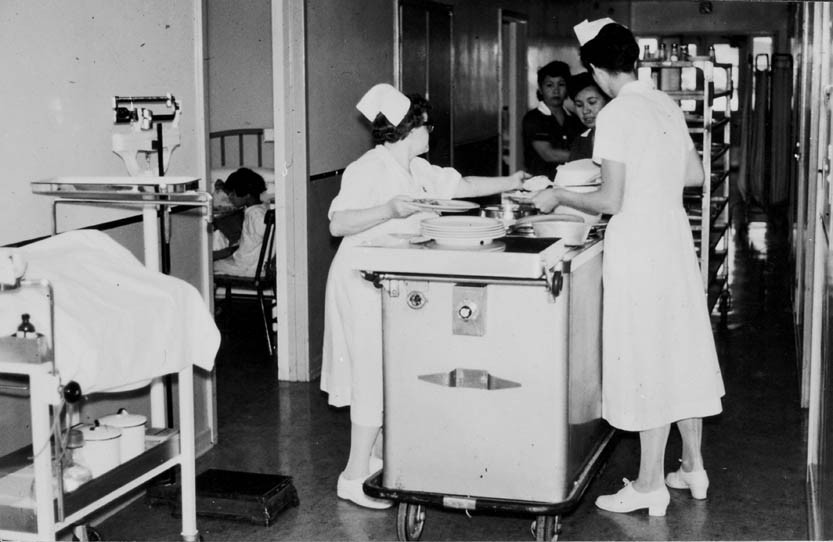
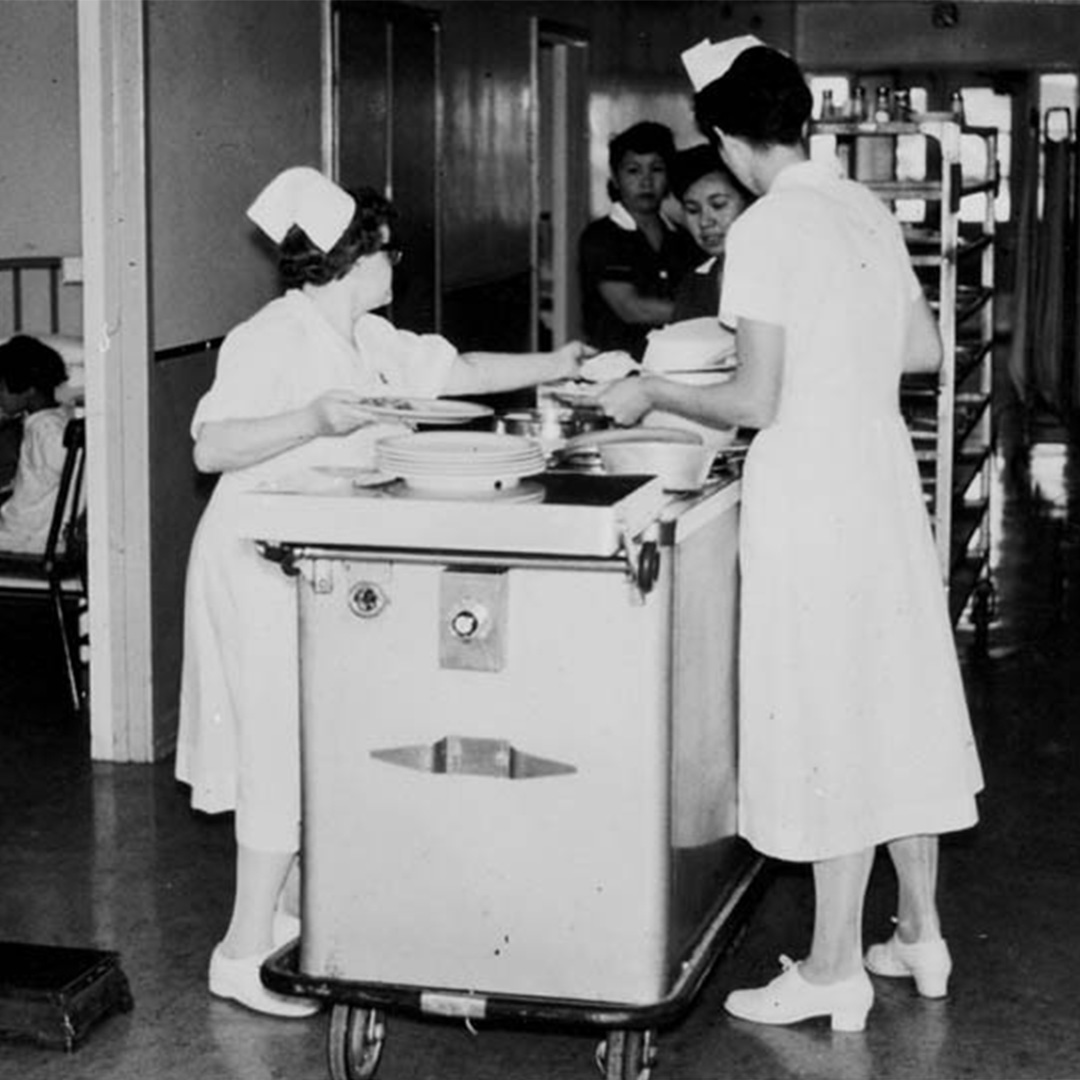
Warning: This story deals with issues of abuse and Indian residential schools. If this story is triggering, you can call the National Indian Residential School Crisis Line at 1-866 925-4419.
Morris Shapwaykeesic remembers living on the land with his parents and five siblings. The 58-year-old and his family are from the Whitesand First Nation and Fort Hope First Nation, but Shapwaykeesic spent most of his early days in the bush outside of Armstrong, Ontario, over 200 kilometres north of Thunder Bay.
The Shapwaykeesic family would travel from camp to camp by canoe during the summer months, hunting wild animals, picking wild berries, and drinking water directly from the lakes, rivers, and streams. His father Michael hunted geese, duck, rabbits and moose, while his mother Marie made blueberry jam.
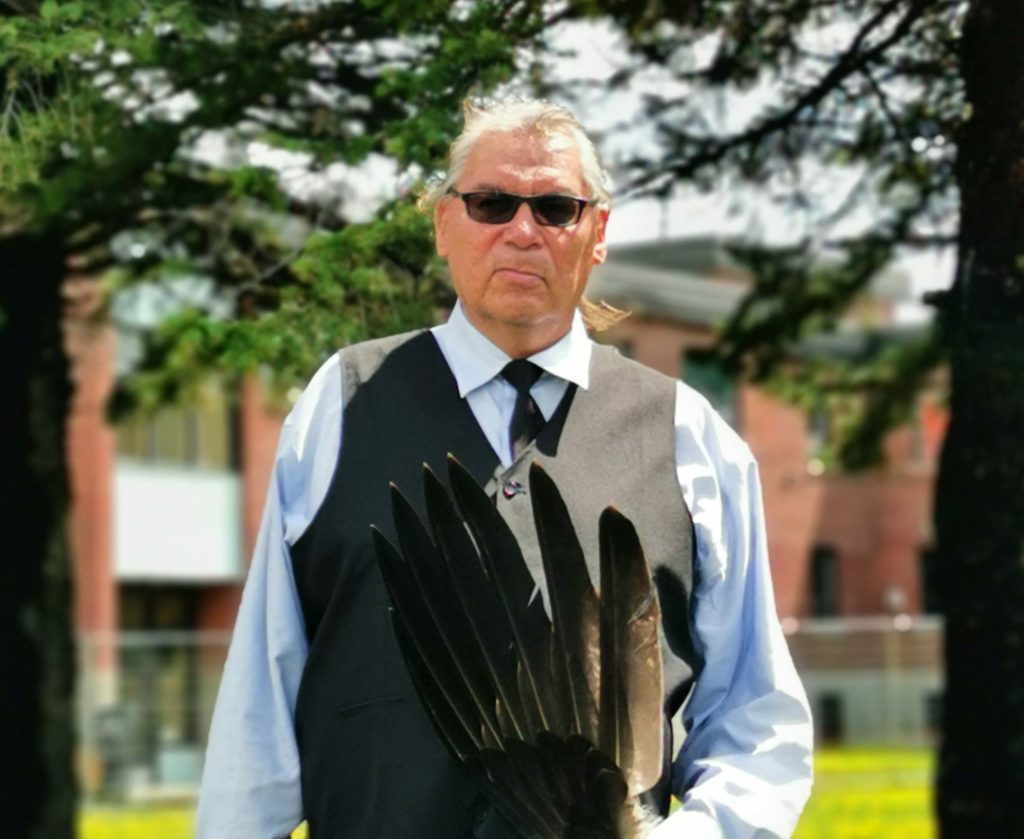
When Shapwaykeesic was just three years old, that idyllic existence ended.
“I fell off a tree and I cracked my head,” Shapwaykeesic said during a recent phone interview.
He wasn’t admitted to a medical facility in Thunder Bay. Instead, Shapwaykeesic was sent to the Sioux Lookout Indian Hospital, hundreds of kilometres west.
Built in 1949, the 65-bed hospital was created to treat tuberculosis, perform surgeries, and deliver babies for Indigenous people from the north. At the time it was built, the facility was the country’s 21st “Indian hospital.”
These federal institutions, along with provincially-run sanatoriums, made up a network of racially segregated health care facilities that treated Indigenous people for decades.
For Shapwaykeesic, his stay in the hospital marked the beginning of 12 years in a segregated system set up by Canada that included hospitals and schools.
In the late 19th and early 20th century, when tuberculosis was at a peak in Canada, provincial sanatoriums were developed to treat the general population. These sanatoriums, along with community hospitals, largely housed non-Indigenous people, according to Maureen Lux, author of Separate Beds: A History of Indian Hospitals in Canada, 1920s-1980s.
“They were provincial institutions but principally for taxpayers, which meant non-Indigenous people,” explained Lux. If Indigenous people were allowed to enter a community hospital, a special wing or ward was often reserved for them.
As tuberculosis rates in the general population declined, in the 1930s non-Indigenous people and provincial and national tuberculosis associations started to demand the federal government deal with the ongoing tuberculosis crisis in First Nation communities.
According to Lux, the request was driven more by fears than a genuine concern for the well-being of Indigenous people. “They use all this racist language of tuberculosis leaking from reserves into the town, like Indigenous people are this menace,” said Lux.
The result was the creation of a series of racially segregated hospitals known as “Indian hospitals” founded by Indian Health Services, which became part of the Department of National Health and Welfare in 1945. There were at least five Indian hospitals in Ontario: the Manitowaning, Lady Willingdon, Squaw Bay, Moose Factory, and the Sioux Lookout Indian Hospital.
Lux writes that Indian hospitals were situated in overcrowded residential schools or military buildings, known as “borrowed buildings,” making them susceptible to disease. They were also severely underfunded by the government, and finding medical staff willing to work for wages far lower than those at provincial or community hospitals often proved difficult.
As non-Indigenous patients received access to tuberculosis treatments and left sanatoriums, Indian Health Services began sending Indigenous and Inuit people from many kilometres away to the depopulating institutions.
While sanatoriums and Indian hospitals were separate entities—with provincially-run sanatoriums solely treating tuberculosis and federal Indian hospitals providing general care for everything from tuberculosis to childbirth—Lux says they shared many characteristics.
Shapwaykeesic spent time in the Sioux Lookout Indian Hospital, approximately 350 kilometres northwest of Thunder Bay, off and on from the time he was three to 12 years old, particularly during the summer months.
“My mom would always take me to the Indian hospital in Sioux Lookout and I always had that feeling when she walked out that door I wouldn’t see her,” said Shapwaykeesic.
A few weeks later, however, his mother would return and take him home.
When inside an Indian hospital, Indigenous children and patients were often met with an array of deprivations and abuses. Cultural and language loss was one of them.
“You go into those Indian hospitals and residential schools and they teach you not to speak Indian,” said Shapwaykeesic.
When he was four, he fell sick with tuberculosis and was admitted to the Fort William Indian Sanatorium in Fort William, now part of Thunder Bay. That institution opened in 1935 and at one point housed a provincial school and an Indian day school before closing in 1974.
There, Shapwaykeesic said he found a way to be close to his mother tongue.
“There was a solace where the old people sat in the wheelchairs and chairs,” said Shapwaykeesic, referring to a common area inside the institution. “I would just sit there and they would talk Indian.”
Outside of these rare experiences, Shapwaykeesic said the treatment was unbearable.
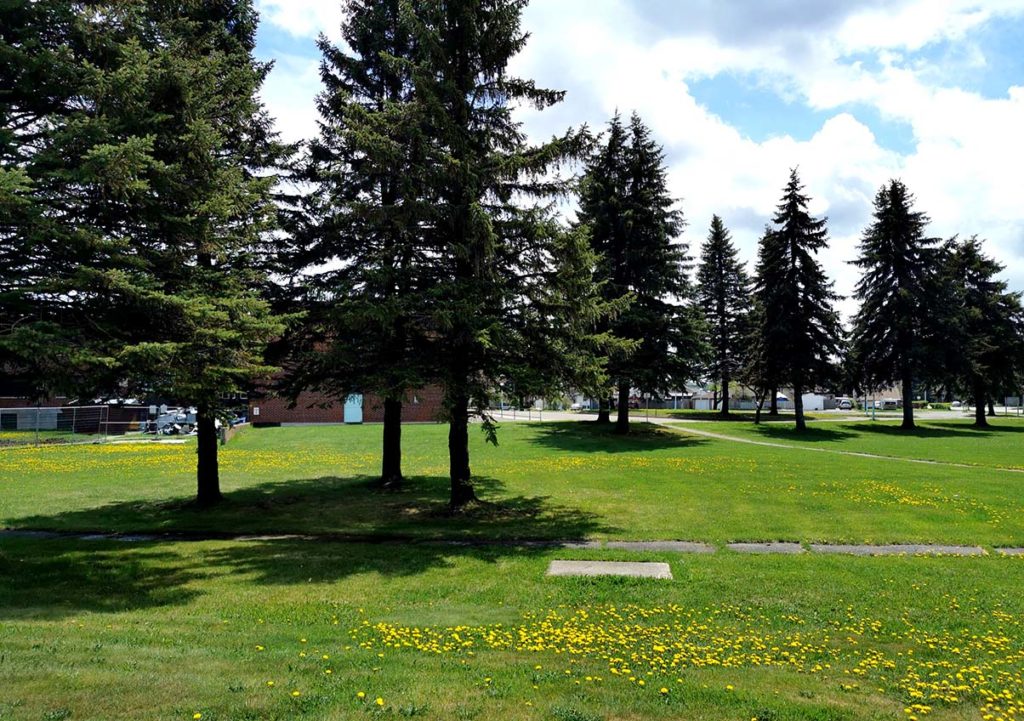
In her book, Lux writes that medical experiments were common with Indigenous patients, such as the removal of several ribs to collapse a lung to treat tuberculosis.
“I could have been experimented on,” said Shapwaykeesic. “I used to run and hide every Wednesday, and they would find me and bring me back into the room and strap me down and put stuff down my throat and up my nose.”
When Shapwaykeesic was young, he had nightmares about the experience.
Forced sterilizations would also happen in these segregated hospitals, writes Karen Stote in her book An Act of Genocide: Colonialism and the Sterilization of Aboriginal Women.
Under various acts of eugenics legislation from the late 1920s onwards, and eventually repealed in the early 1970s, forced and coerced sterilizations occurred in Indian hospitals. Stote’s research reveals approximately 1,150 Indigenous women were sterilized over a ten-year period until the early 1970s.
Recently the Senate Committee on Human Rights released a report about the practice, adding that forced and coerced sterilization is still happening today. “The committee learned cases of forced or coerced sterilization continued to be reported as recently as 2018,” it read.
Shapwaykeesic remembers what it was like for others too. He recalls a man at the sanatorium who would prey on women and young girls when he did their chest x-rays.
“There are very similar complaints to residential schools, such as sexual abuse,” said Mary Jane Logan McCallum, a history professor at the University of Winnipeg and the author of Indigenous Histories of Tuberculosis in Manitoba, 1930-1970. “There was a big strong push for assimilation in the hospitals.”
After the sanatorium, Shapwaykeesic entered the St. Joseph’s Indian Residential School at six years old in 1969. That same year his mother died after getting hit by a vehicle in Armstrong. Around that time, the department of Indian Health Services started to close the hospitals. Currently there is one Indian hospital building still in use in Norway House Cree Nation in northern Manitoba. A new health centre will be completed in 2022.
After residential school, Shapwaykeesic lived in private boarding homes run by the federal government until he was 15. When he left, struggling with unemployment and self-esteem, Shapwaykeesic hit a wall. He struggled with substance abuse, and by the time he was 22 years old he had attempted suicide five times.
His father had passed away a few years earlier, and reaching out for support when he needed it was difficult.
“Back in those times, there wasn’t much available,” said Shapwaykeesic.
And he wasn’t alone. Indigenous people in the north had become increasingly frustrated by the inadequate state of health care at the time.
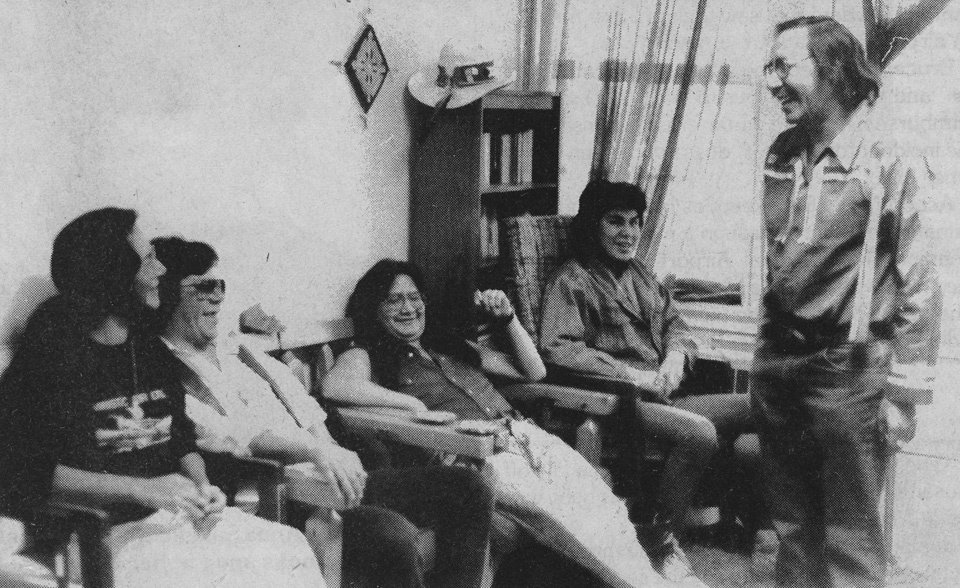
In 1988, five men from Sandy Lake First Nation—an Oji-Cree community in northwestern Ontario—went on a hunger strike at the Sioux Lookout Zone Hospital, the new name for the Sioux Lookout Indian Hospital, to raise concerns about the health care conditions in the north.
During this time Shapwaykeesic was beginning his healing path, a journey that would take him decades.
He was also making sense of his past.
“I was born in a captive generation,” said Shapwaykeesic.
“I was born in a racist, colonialistic Canada, I live in a racist and colonialistic Canada, and I’m going to die in a racist and colonialistic Canada.”
And the fight continues for others.
In 2018, a $1.1 billion class action lawsuit was launched to address the mistreatment and negligence in up to 29 segregated Indian hospitals across Canada. (Indian hospitals were not part of the Residential Schools Settlement Agreement in 2006, a $1.9 billion federal agreement established to compensate former residential school students.)
The statement of claim cites negligence in funding, oversight, operation, supervision, control and maintenance between 1936 and 1981.
“A statement of defense has not yet been filed,” said Jonathan Ptak, a lawyer at Koskie Minsky LLP, one of the law firms representing the lawsuit. Five of the Indian hospitals in Ontario are included.
Shapwaykeesic was unaware of the lawsuit and does not know if he will join. While the Sioux Lookout Indian Hospital is named in the lawsuit, provincially run sanatoriums like Fort William Indian Hospital Sanatorium are not part of the class action.
Given this history, it is perhaps not surprising that Indigenous people are critical or even outright fearful of Canada’s health care system.
The current state of health care isn’t helping things.
As of June 2021 an inquest wrapped up examining the horrific death of Joyce Echaquan, a 37-year-old Atikamekw mother who filmed her final moments on September 28, 2020, at the Centre hospitalier régional de Lanaudière in Joliette, Quebec, while staff spewed racist remarks at her. The video went viral and sparked widespread protests calling for justice.
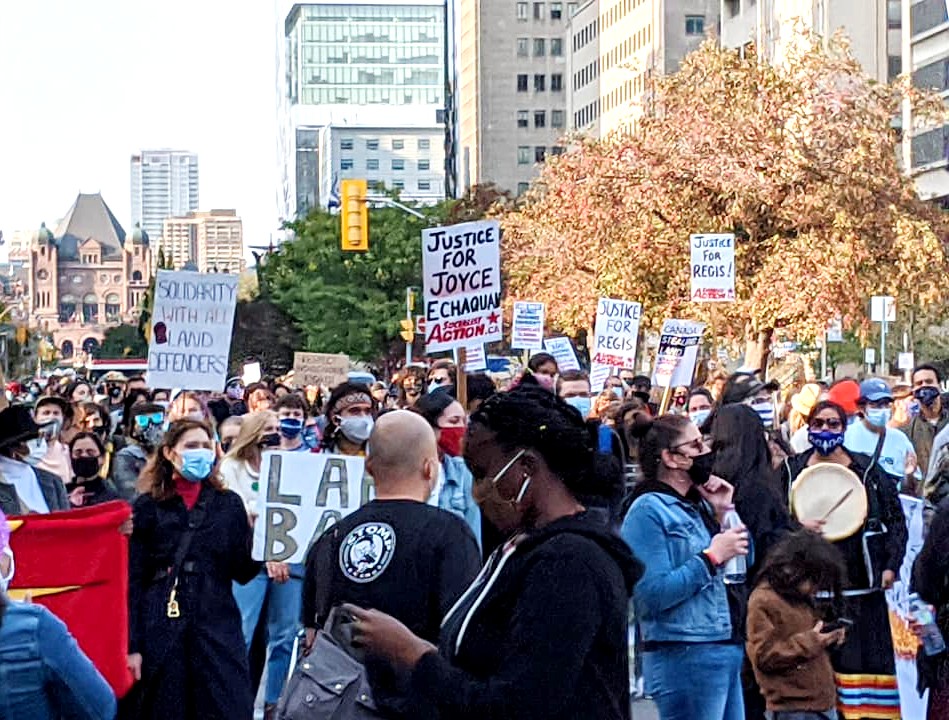
For Shapwaykeesic, he believes the current health care systems, Indian hospitals and residential schools have one thing in common. “It comes down to power and control,” said Shapwaykeesic. “There’s still remnants of the draconian thinking, the dark political objectives of colonization.”
Dr. Lisa Richardson is a physician of mixed Anishinaabe ancestry and a strategic advisor in Indigenous Health at the Faculty of Medicine at the University of Toronto.
“We’ve got deep-seated racism in society at large,” said Richardson, who says that racism is reflected in the country’s health care system. “It’s just a manifestation, it’s just a microcosm of what exists in society.”
Richardson goes on to say that the distrust felt by Indigenous people is because of the continued mistreatment and incidences of racism.
Despite all he’s gone through, Shapwaykeesic doesn’t feel guarded upon entering a hospital, but he is concerned for others.
“I think change is happening, but they have a long way to go.”
For the past several decades, many Indigenous communities have been taking control over their own health care services to serve their own people.
For instance, the Indian Health Policy in 1979 was the beginning of the federal government recognizing self-government over health care by Indigenous people.
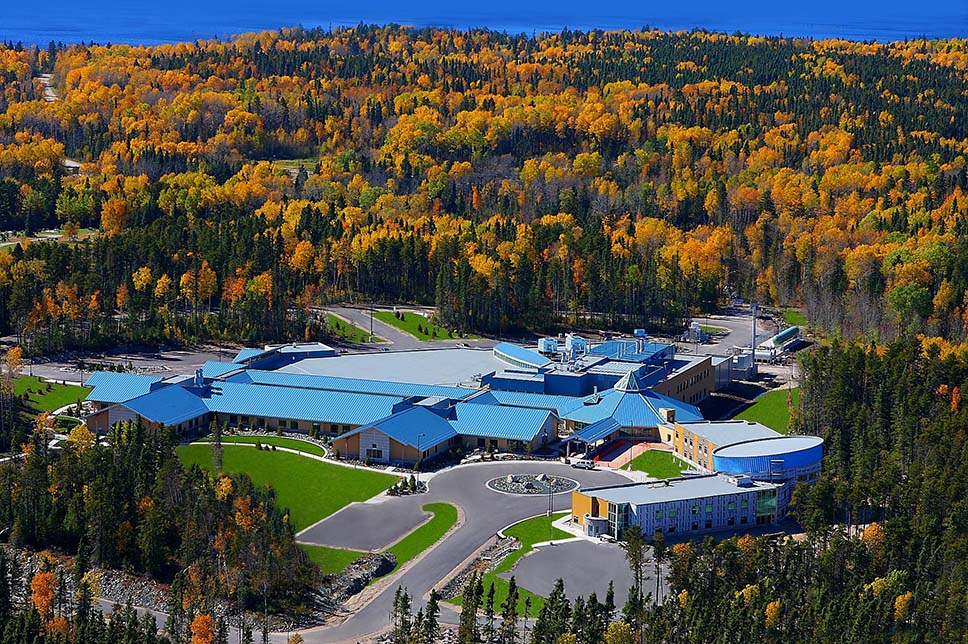
What came from the 1988 hunger strike at the Sioux Lookout Zone Hospital was the Sioux Lookout Meno Ya Win Centre, a 60-bed health centre serving both Indigenous and non-Indigenous patients which opened in 2010.
The Centre is an agreement between the federal and provincial governments, the municipality of Sioux Lookout, and Nishnawbe Aski Nation, a political organization representing 49 communities in the north.
In an email statement, the Ontario Ministry of Health says they are working with the federal government and First Nation partners to explore options for First Nations health transformation. For instance, in 2017 the Ontario government signed trilateral agreements with the Anishinabek Nation-Union of Ontario Indians, Grand Council Treaty #3, and Six Nations of the Grand River.
In downtown Toronto, an Indigenous Community Hub that will house Anishnawbe Health Toronto will begin construction this fall. Anishnawbe Health Toronto purchased 0.7 acres of land in the West Don Lands to create a centre dedicated to Indigenous people. It will include Indigenous ceremonial grounds, a healing garden, a new child assessment and play therapy facility, expanded services for palliative care and Two-Spirit and LGBTQ clients. The project is expected to be complete by 2024.
Today Dr. Richardson says there is a broader awakening happening in the health care system, in particular when it comes to racism.
“There was a building upon the TRC recommendations,” said Richardson. She says hospitals are beginning to create mechanisms to recognize incidents of racism.
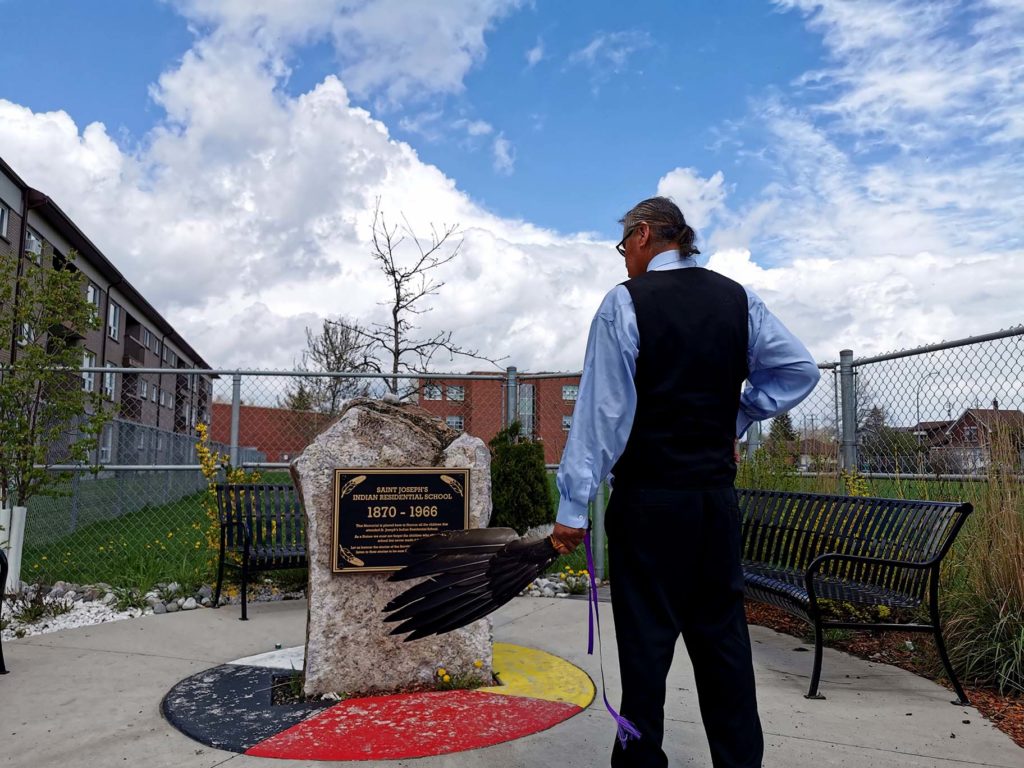
For Shapwaykeesic, he hopes for real change in the health care system, and healing for Indigenous people.
“I think as Indian people we have to have closure to our past,” said Shapwaykeesic. “That’s where our collective healing has to happen.”
Although he is still dealing with painful memories, there is one thing Shapwaykeesic is sure of. “I‘m not that four-year-old boy, five-year-old boy in residential school or Indian hospital,” said Shapwaykeesic.
Today he says he is at a different level of forgiveness.
“Healing is not instant.”

